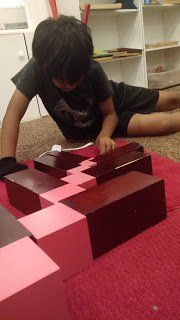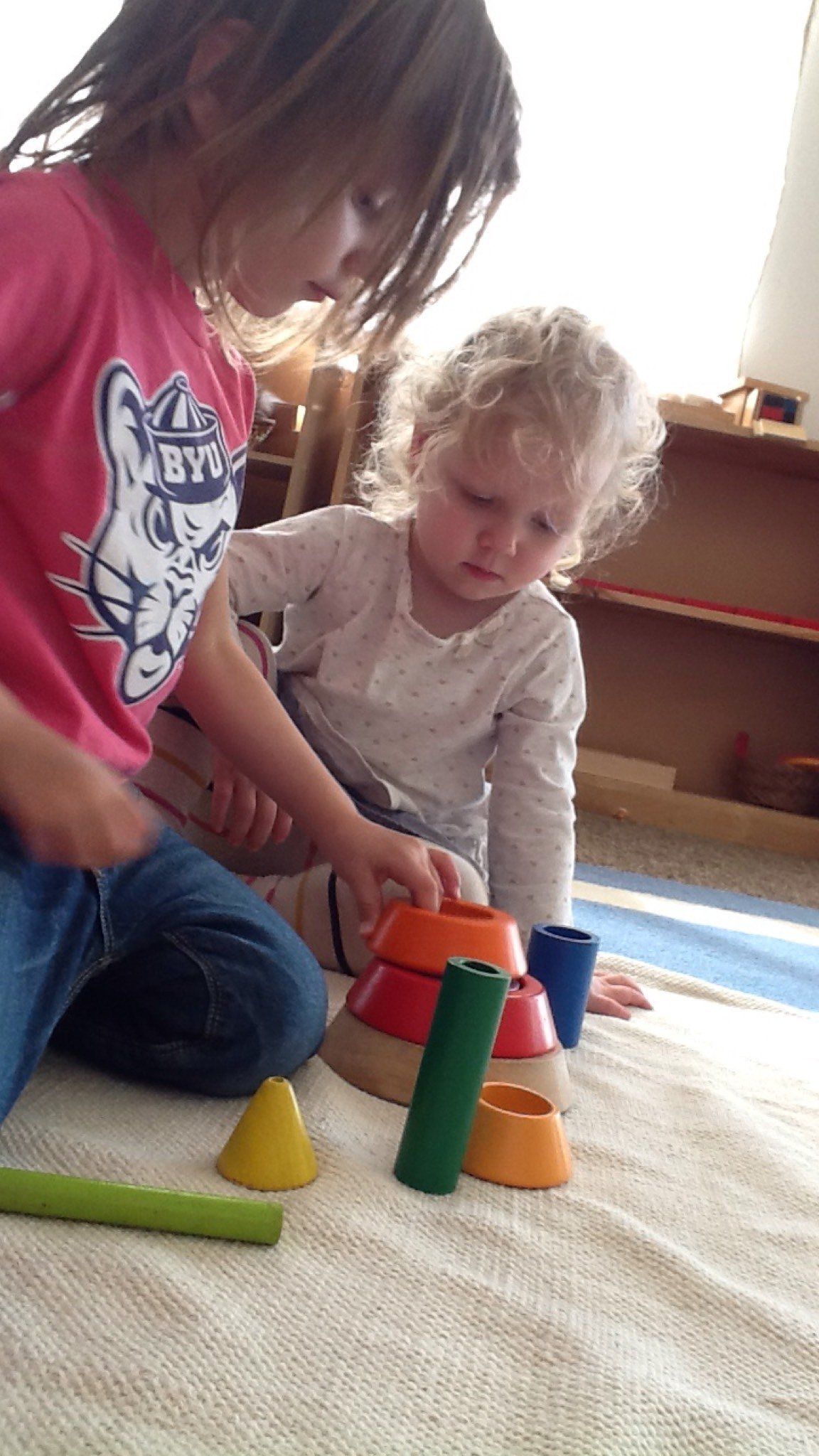Sensorial discovery
Sensorial Discovery
“The child is not an empty being who owes whatever he knows to us who have filled him up with it. No, the child is the builder of man. There is no man existing who has not been formed by the child he once was.”
“The functions to be established by the child fall into two groups: (1) the motor functions by which he is to secure his balance and learn to walk, and to coordinate his movements; (2) the sensory functions through which, receiving sensations form his environment, he lays the foundations of his intelligence
by continual exercise of observation, comparison
and judgement. In this way he gradually comes to be acquainted with his environment and to develop his intelligence.
The natural process of observation: First, we recognize identities, then recognize contrasts, and then the finer identities between two objects."
– Maria Montessori

Slide title
Write your caption hereButton
Slide title
Write your caption hereButton
Slide title
Write your caption hereButton
Slide title
Write your caption hereButton
Challenge
A child's curiosity, intellect, and resilience is built by the child through the child's physical and emotional interactions with the environment. They do so by means of discovery as they interact
with the world through their senses. Our sensorial materials are professionally designed to give sharpness and accuracy to the senses of the children, through their manipulation and observation of precise, accurate materials.
The education of the senses in the Montessori classroom refers to the refined stimulation of the brain through the input of the environment which is absorbed by the child through his experience. The child, particularly in the 3-6 plane of development, is in a sensitive period for the refining of the senses of sight, smell, taste, hearing, and touch. Maria Montessori included the baric sense, the tactile sense as part of that sense of touch.
Discovery, as a process through which the child poses questions, explores, and seeks to make sense, or discover, is fundamental. The experience of discovery is an important aspect of the child’s experience with the sensorial materials. While the guide may know how to make an extension or variation of the material, it is magical when the children themselves are able to discover other possibilities with the materials. For example, when a child is able to match the brown stairs with the pink tower, then the child cognitive awareness grows.
Value
Children who have a variety of stimuli in their environment, will gain the opportunity to refine, and even expand, their ability to perceive information for the environment. So that, children who focus on distinguishing a variety of smells through fine-tuned exercises in the age of 3-6, will probably have a better ability to refine those senses in their adult life.
More importantly, the development of neural pathways through this stimulus will then function as the roads where further knowledge, both sensorial and academic, will be developed. Sensory growth means intellectual growth.
The neurological network that children build through the experiences of their senses later acts as the foundational pathways for future neurological activity and growth.














